The Streak Continues: 171
This post marks 171 consecutive days with a new educational blog post. With so many folks getting in the habit of using our B&H links and our Amazon logo-links why quit now? April was a record month but May has not been so good. So far…. To show your appreciation for my efforts here, I do ask that you use our the B&H and Amazon affiliate links on the right side of the blog for all of your purchases. Please check the availability of all photographic accessories in the BIRDS AS ART Online Store, especially Gitzo tripods, Wimberley tripod heads, and the like. We sell only what I used, tested, and can depend on. We will not sell you junk. We know the tools that you need to make creating great images easy and fun. And we are always glad to answer your gear questions via e-mail.
You can find the following items in the store: Gitzo tripods, Mongoose M3.6 and Wimberley heads, plates, low feet, and accessories, flash brackets, , Delkin e-film Pro Compact Flash Cards, LensCoat products, and our unique line-up of educational materials including ABP I & II, Digital Basics, Site and Set-up e-Guides, Canon and Nikon Camera Users and AF e-Guides, and MP-4 Photoshop video tutorials among others.
I would of course appreciate your using our B&H affiliate links for all of your major gear, video, and electronic purchases. For the photographic stuff mentioned in the paragraph above we, meaning BAA, would of course greatly appreciate your business. Here is a huge thank you to the many who have been using our links on a regular basis and visiting the BAA Online store as well.
Due to laptop problems last night, this post took 5 hours to put together. Enjoy it!
Last Day for Digital Creations Voting
Join in the fun by voting on the Digital Creations Category of the BIRDS AS ART 2nd International Bird Photography Competition by clicking here. It seems likely that this will be the second category in which the public’s favorite will not match the judge’s first choice. The deadline for voting on this category is be 6am Wednesday, May 21. The winners and the results of the public vote will be announced in tomorrow morning’s blog post.
|
This image was created at Nickerson Beach at 8:00am on the cloudy bright morning of May 15, 2013 with the Gitzo 3532 LS carbon fiber tripod with the Mongoose M3.6 head, the Canon EF 600mm f/4L IS II USM lens, Canon Extender EF 1.4X III, and the Canon EOS-1D X. ISO 800. Evaluative metering +1 2/3 stops as framed: 1/1250 sec. at f/5.6 in Manual mode. AWB. Central Sensor/AI Servo-Surround/Rear Focus AF as originally framed active at the moment of exposure. Click here to see the latest version of the Rear Focus Tutorial. Click on the image to see a larger version. . High key Common Tern screaming |
Wow to May!
I have long been planning to visit my 91-year old Mom in July. She will be 92 in September. I call her pretty much every day. Lately she has been hinting that she would love for me to visit before July. Two days ago I went to Southwest.com and bought a ticket to Islip, leaving on Friday afternoon and returning early on Wednesday. I plan on surprising her. Arna, if you happen to read this–Arna is the younger of my two sisters–please do not spill the beans.
|
This image was created at Nickerson Beach at 4:41pm on the sunny afternoon of May 15, 2013 while seated behind the Gitzo 3532 LS carbon fiber tripod, the Mongoose M3.6 head with the Canon EF 600mm f/4L IS II USM lens, the Canon Extender EF 2X III, and the Canon EOS-1D X. ISO 400. Evaluative metering at zero: 1/1000 sec. at f/10 in Manual mode. AWB. Central Sensor (by necessity)/AI Servo-Expand/Rear Focus AF as framed on the male’s neck was active at the moment of exposure. When you add the 2X TC to an f/4 lens with the 1DX or the 5D III hit the MFn button once to toggle to AF Expand and enjoy 4 extra AF sensors. Learn everything there is to know about the 1D X and 5D III AF systems including how to manage the various AF Area Selection Modes, when to use which one, and several ways to move the AF sensor around in the 1D X AF Guide and the 5D Mark III User’s Guide. Click here to see the latest version of the Rear Focus Tutorial. Click on the image to see a larger version. . Common Terns: pre-copulatory stand |
Nickerson Beach in May
When you think of bird photography on Long Island in May you think of Nickerson Beach on the Lido strip. I realized that I had visited both my Mom and Nickerson in May of 2013 and had run a few In-the-Field Workshops. So I went to the office Drobo, found and opened the May 2013 Long Island to Transfer folder, and was totally amazed. There were lots of great images–no surprise there. I was however surprised that there were dozens of excellent images that had never been optimized. (I need to do a third edit and create a folder of images for Jim to work on.) I grabbed four of the missed jewels and optimized them last night. In today’s blog post I share those along with five images that I had already processed.
|
This image was created in pre-dawn light at 5:27am on May 28, 2013 at Nickerson Beach with the tripod-mounted Canon EF 600mm f/4L IS II USM lens and the Canon EOS-1D X Digital SLR camera. ISO 2000 (ISO Safety Shift). Evaluative metering +1 stop: 1/500 sec. at f/4.5 in TV Mode. Central sensor Surround/AI Servo/Rear Focus as framed active at the moment of exposure. Click here if you missed the Rear Focus Tutorial. Click on the image to see a larger version. Common Tern kiting in pink sky |
Getting Up Early
If I may be frank, most folks simply do not get up early enough when going out to photograph nature.
|
This image was created at Nickerson Beach at 6:42am on the mostly cloudy morning of May 15, 2013 while standing behind my tripod with the Canon EF 600mm f/4L IS II USM lens, the Canon 2x EF Extender III (Teleconverter), and the Canon EOS-1D X Digital SLR camera. ISO 800. Evaluative metering +1 1/3 stops: 1/125 sec. at f/9 in Manual Mode. Central sensor (by necessity) Expand/AI Servo/Rear Focus on the adult’s neck active at the moment of exposure. Click here if you missed the Rear Focus Tutorial. Click on the image to see a larger version. American Oystercatcher with two small chicks |
Perfect Timing
The In-the-Field Workshop sessions are timed perfectly for those wishing to photograph oystercatchers on eggs or with tiny chicks–the latter if we are just a bit lucky. And there should be lots of breeding plumage Sanderlings and lots of courting Common Terns.
|
This image was created at Nickerson Beach at 7:08am in soft sunlight on the morning of May 28, 2013 while seated behind my tripod with the Canon EF 600mm f/4L IS II USM lens, the Canon 2x EF Extender III (Teleconverter), and the Canon EOS-1D X Digital SLR camera. ISO 400. Evaluative metering +1 stop: 1/400 sec. at f/10 in Manual Mode. Central sensor (by necessity) Expand/AI Servo/Rear Focus on the bird’s eye and re-compose. Click here if you missed the Rear Focus Tutorial. Click on the image to see a larger version. American Oystercatcher resting |
Clean Sand
Many of the nests at Nickerson feature pure white sand. Image clean-up here was minimal.
|
This image was created at Nickerson Beach on the sunny, windy afternoon of May 14, 2013 while seated behind my tripod. This image was created with the Canon EF 600mm f/4L IS II USM lens, the Canon 2x EF Extender III (Teleconverter), and the Canon EOS-1D X Digital SLR camera. ISO 400. Evaluative metering at zero: 1/1250 sec. at f/10 in Manual Mode. American Oystercatcher on eggs in windstormCentral sensor (by necessity) Expand/AI Servo/Rear Focus on the lower rear part of the bird’s black hood active at the moment of exposure. Click here if you missed the Rear Focus Tutorial. Click on the image to see a larger version. |
Working the Nests
Assuming that we will find multiple American Oystercatcher nests I will teach you how to work the roped off nest areas while eliminating or minimizing disturbance. Most of the birds are quite used to people as Nickerson is a very popular beach.
|
This image was created at Nickerson Beach at 4:06pm am on the cloudy bright afternoon of May 18, 2013 with the Gitzo 3532 LS carbon fiber tripod with the Mongoose M3.6 head, the Canon EF 600mm f/4L IS II USM lens, Canon Extender EF 1.4X III, and the Canon EOS-1D X. ISO 800 (should have been ISO 100 or so). Evaluative metering +1 1/3 stops as framed: 1/40 sec. at f/14 in Tv mode. AWB. Central Sensor/AI Servo-Surround/Rear Focus AF as framed active at the moment of exposure. Click here to see the latest version of the Rear Focus Tutorial. Click on the image to see a larger version. . Sanderling flock in flight blur |
Tv Mode
I will teach you when and why working in Tv mode as I did with the image above and the tern kiting image is often the best choice. If you think that real photographers work in Manual mode 100% of the time you are dead wrong. To learn why, see the “At Long Last, As Promised: the Greatest, Most Educational Blog Post Ever? Manual… Av… Tv… Program… Which is The Best Shooting Mode?” blog post here.
|
This image was created at Nickerson Beach at 10:07am on the sunny morning of May 27, 2013 while I was seated behind my Gitzo 3532 LS carbon fiber tripod with the Mongoose M3.6 head with the Canon EF 600mm f/4L IS II USM lens, Canon Extender EF 1.4X III, and the Canon EOS-1D X. ISO 400. Evaluative metering +1/3 stop as framed: 1/2000 sec. at f/7.1 in Manual mode. AWB. 61-Point/AI Servo-Surround/Rear Focus AF selected two AF points that fell on the front of the bird’s breast and were active at the moment of exposure. Click here to see the latest version of the Rear Focus Tutorial. Click on the image to see a larger version. Breeding plumage Sanderling |
Getting Close
I will teach you how to get close to the shorebirds feeding actively along the Atlantic surf and alert you to the great variety of issues that need to be considered.
|
This image was created on Nickerson Beach at 6:27pm on the sunny afternoon of May 20, 2013 while I was seated behind my Gitzo 3532 LS carbon fiber tripod with the Mongoose M3.6 head with the Canon EF 600mm f/4L IS II USM lens, Canon Extender EF 1.4X III, and the Canon EOS-1D X. ISO 400. Evaluative metering +2/3 stop: 1/500 sec. at f/13 in Manual mode. AWB. Central Sensor/AI Servo-Expand/Rear Focus AF on the bird’s eye and re-compose. When you add the 2X TC to an f/4 lens with the 1DX or the 5D III hit the MFn button once to toggle to AF Expand and enjoy 4 extra AF sensors. Learn everything there is to know about the 1D X and 5D III AF systems including how to manage the various AF Area Selection Modes, when to use which one, and several ways to move the AF sensor around in the 1D X AF Guide and the 5D Mark III User’s Guide. Click here to see the latest version of the Rear Focus Tutorial. Click on the image to see a larger version. . Breeding plumage Piping Plover |
Your Favorites?
Please take a moment to select your three favorite images here and rate them 3 for the best, 2 for your next favorite, and 1 for your third pick.
Nickerson Baby Beach-nesting Birds IPT: 3-Full Days/July 15-17, 2014: $1199. Introductory meet and greet: 8pm, Monday, July 14, 2014. Co-leaders Arthur Morris and Denise Ippolito
Join us on Long Island, NY next summer to photograph Black Skimmers, Common Terns with chicks, American Oystercatcher families, and possibly some just-hatched Black Skimmer chicks. The opportunities will include chances to photograph a variety of breeding behaviors including courtship feeding, display flight and combat, and copulations. Car-pooling is recommended; if we opt to return to the beach before 5pm there is a $30/vehicle parking fee that is not included so it is best to share that expense. Parking in the morning is free.
A $499 non-refundable deposit is required to hold your slot for this IPT. Your balance is due 4 months before the date of the IPT and is also non-refundable. If the trip fills, we will be glad to apply a credit applicable to a future IPT for the full amount less a $100 processing fee. If we do not receive your check for the balance on or before the due date we will try to fill your spot from the waiting list. If your spot is filled, you will lose your deposit. If not, you can secure your spot by paying your balance.
Please print, complete, and sign the form that is linked to here and shoot it to us along with your deposit check (made out to “Arthur Morris.”) Though we prefer a check, you can also leave your deposit with a credit card by calling the office at 863-692-0906. If you register by phone, please print, complete and sign the form as noted above and either mail it to us or e-mail the scan.
If you have any questions, please feel free to contact me via e-mail
Selling Your Used Photo Gear Through BIRDS AS ART
Selling your used (or like-new) photo gear through the BAA Blog or via a BAA Online Bulletin is a great idea. We charge only a 5% commission. One of the more popular used gear for sale sites charges a minimum of 20% plus assorted fees! Yikes. The minimum item price here is $500 (or less for a $25 fee). If you are interested please e-mail with the words Items for Sale Info Request cut and pasted into the Subject line :). Stuff that is priced fairly–I offer free pricing advise, usually sells in no time flat as did Dennis Cassidy’s 500 II recently on the blog. Larry Master’s 400 DO and his 800 f/5.6 sold within a week. From Larry via e-mail: Thanks for helping me sell the lenses so quickly!
A Creative Adventure/BIRDS AS ART friend Kitto Kono sold her Nikon 500 to a Blog subscriber in less than a week. Janet Horton’s 7D sold this week after a $100 price reduction. Denise Ippolito’s 100-400 and her 100 macro sold in one day. Peter Kes sold his 70-200 f/2.8L IS II and his 400 DO through BAA in ten days. In the past two months we have sold a Canon 800, a Canon 500 II, 3 400 DO lenses, a Nikon 500mm, and lots more. If you are interested in using our services, please e-mail.
Used Photography Gear Page
Eagle-eyed readers may have noticed that there is a link to the Used Photography Gear page on the yellow tool bar at the top of each blog page. Folks looking to buy (or to sell) can click on that tab or here. I will on occasion continue to list new gear and great buys in blog posts and in Bulletins and may on rare occasion share all the listings with you on the blog. I will strive to keep the listings current. Great news for Kitty Kono and her Nikon 400mm f/2.8; it sold yesterday! That made her 2 for 2 on selling her older Nikon super-telephotos with BAA.
Support the BAA Blog. Support the BAA Bulletins: Shop B&H here!
We want and need to keep providing you with the latest free information, photography and Photoshop lessons, and all manner of related information. Show your appreciation by making your purchases immediately after clicking on any of our B&H or Amazon Affiliate links in this blog post. Remember, B&H ain’t just photography!
….. …..
Typos
In all blog posts and Bulletins, feel free to e-mail or to leave a comment regarding any typos, wrong words, misspellings, omissions, or grammatical errors. Just be right. 🙂

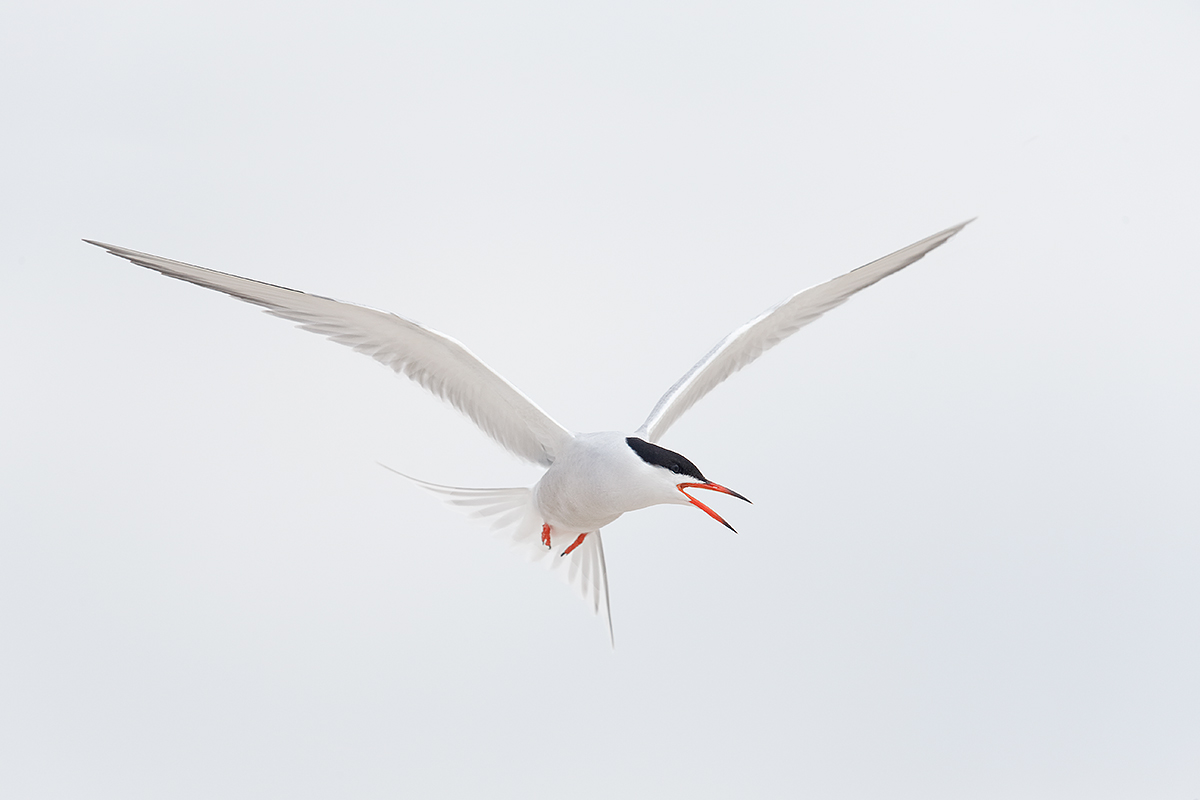
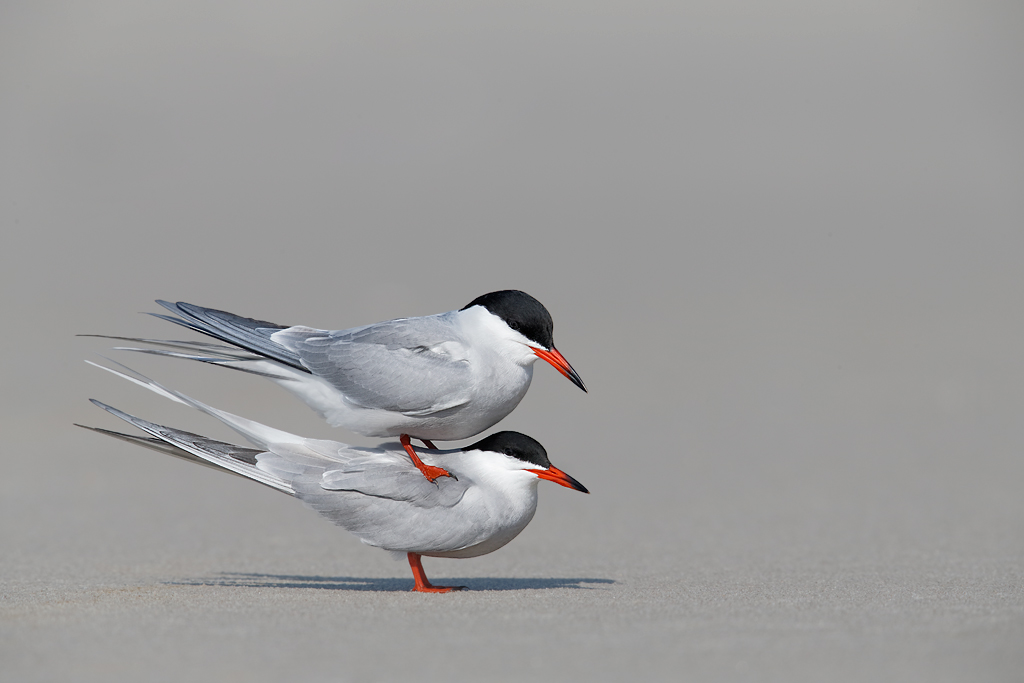
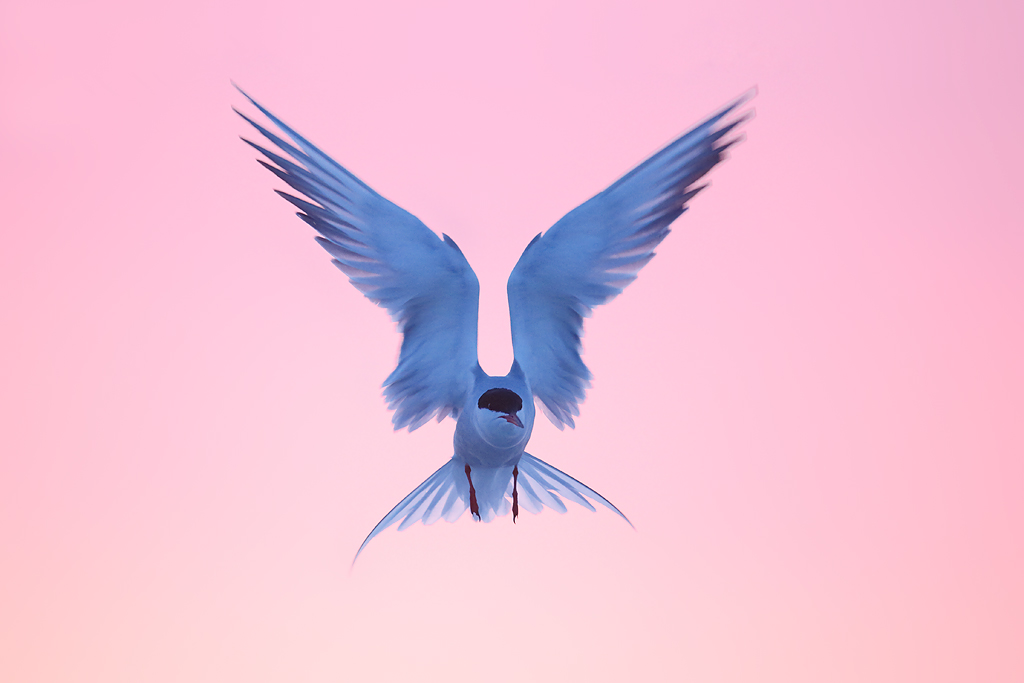
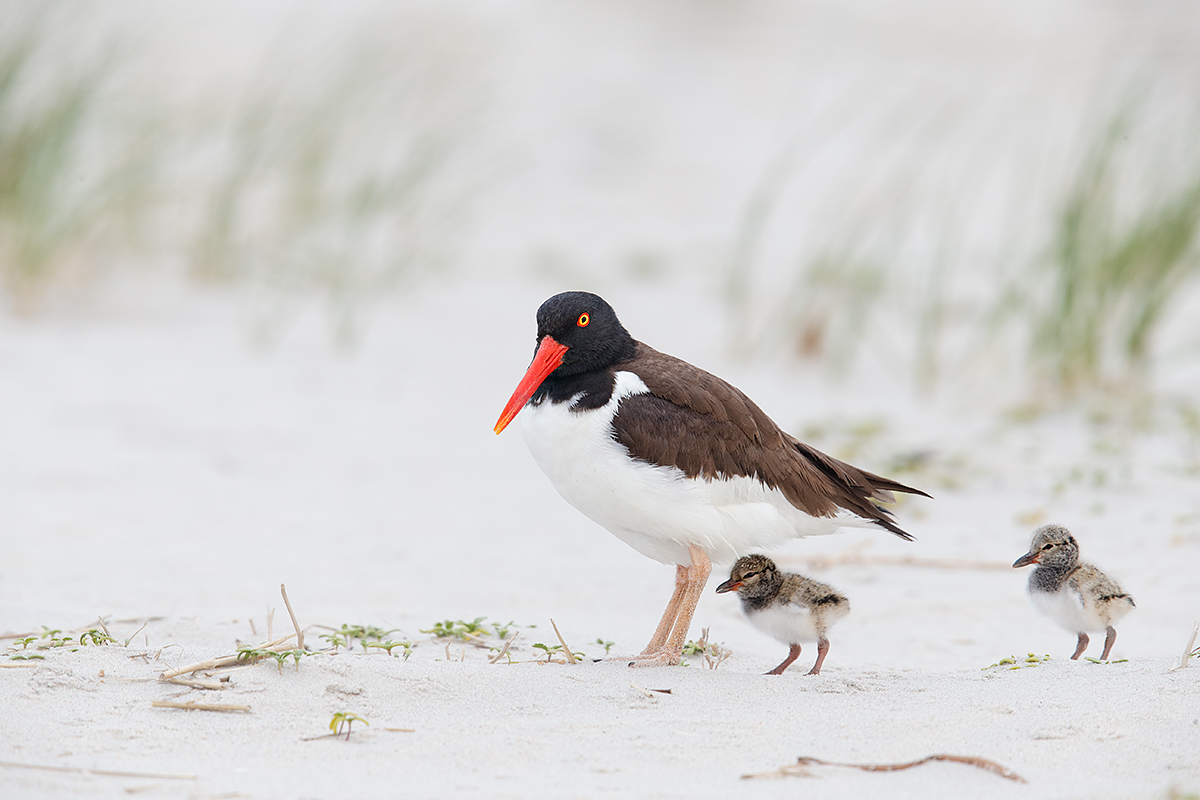
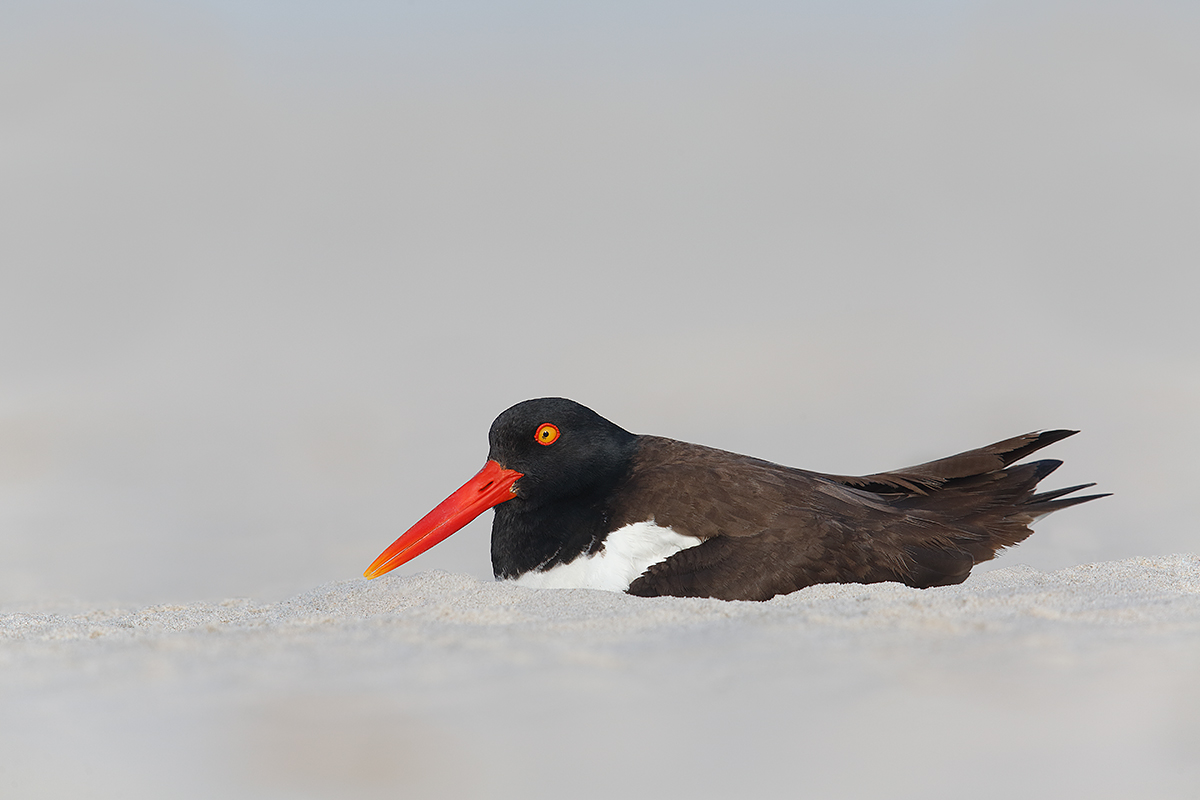
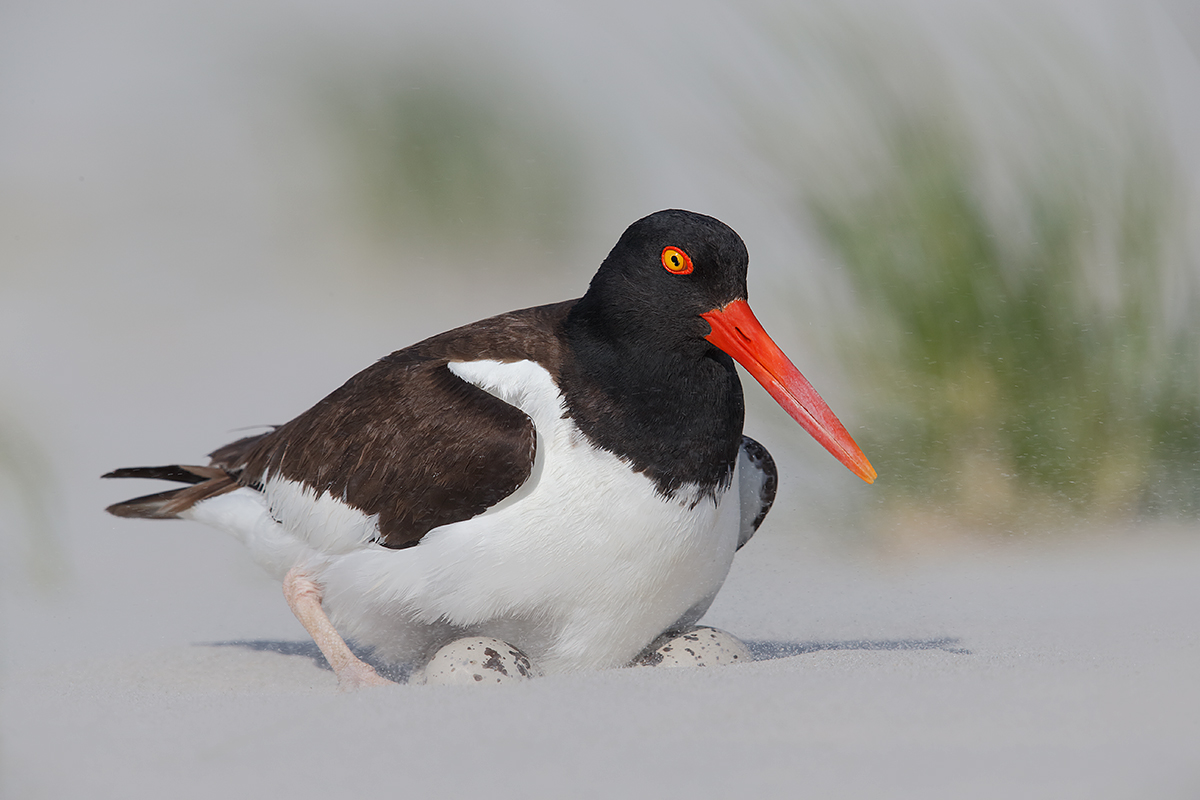
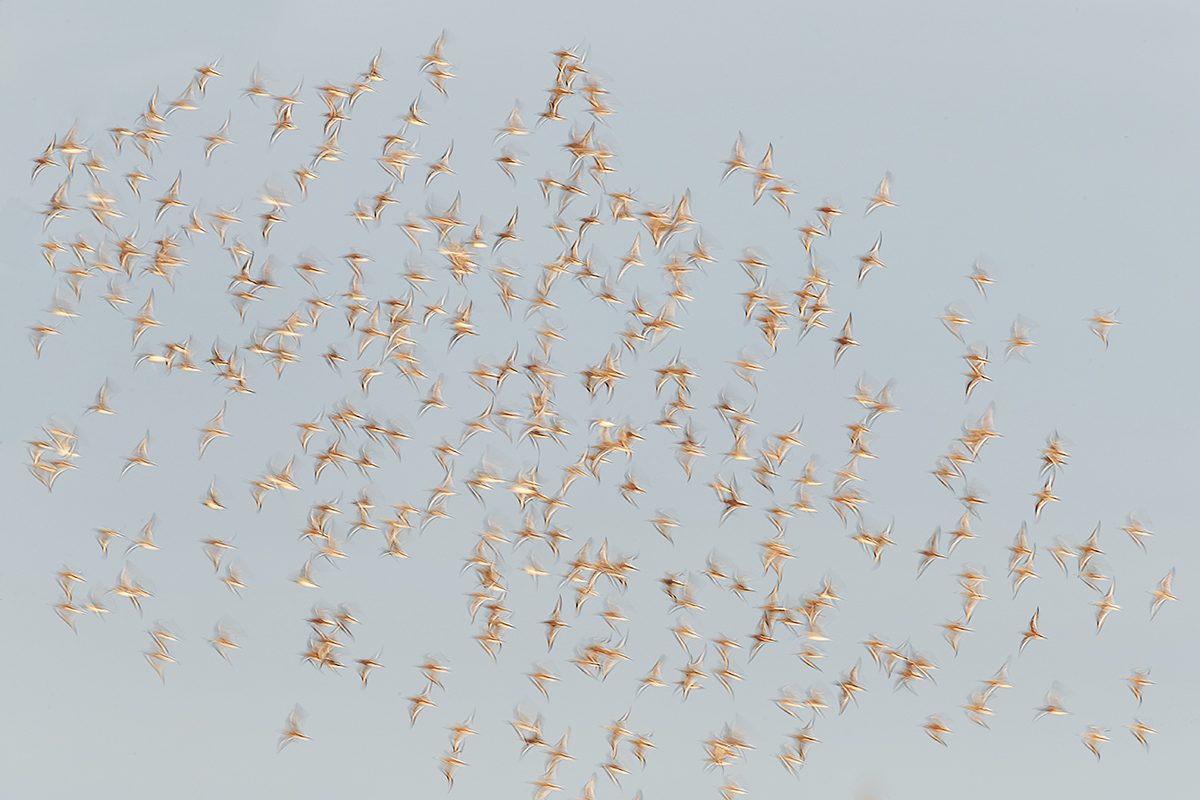
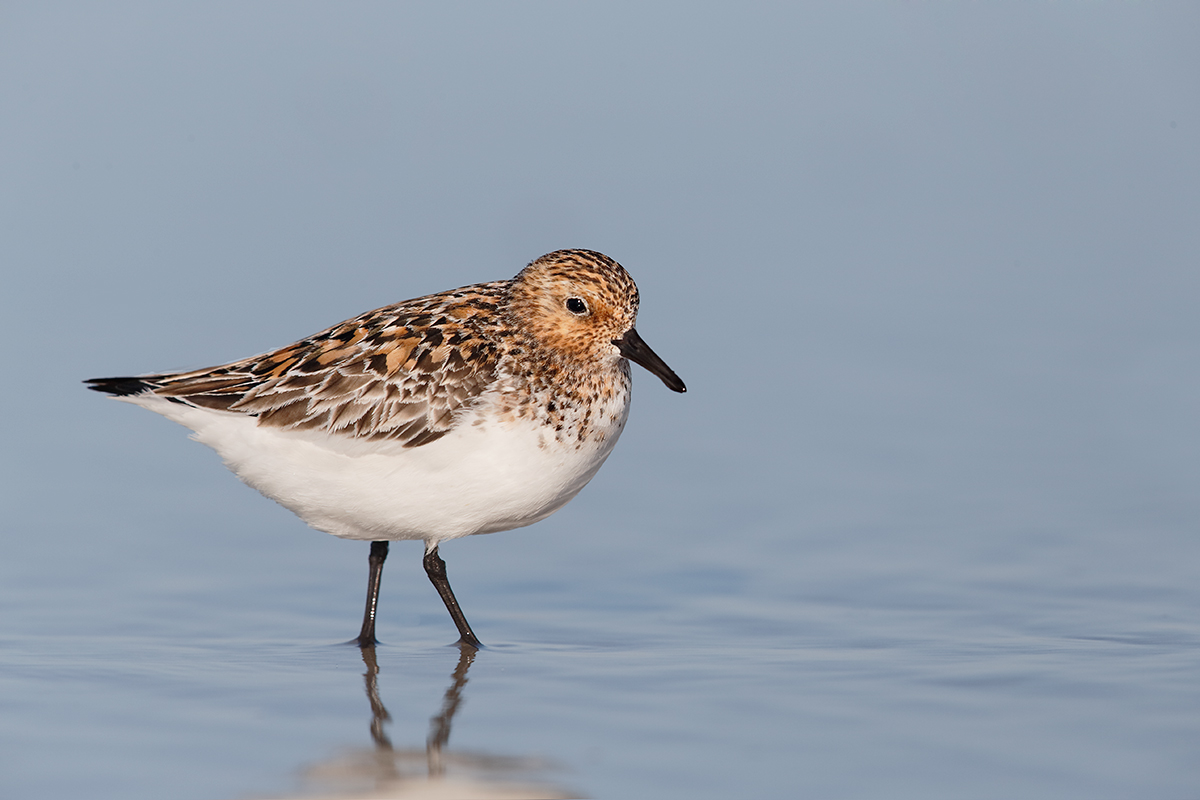
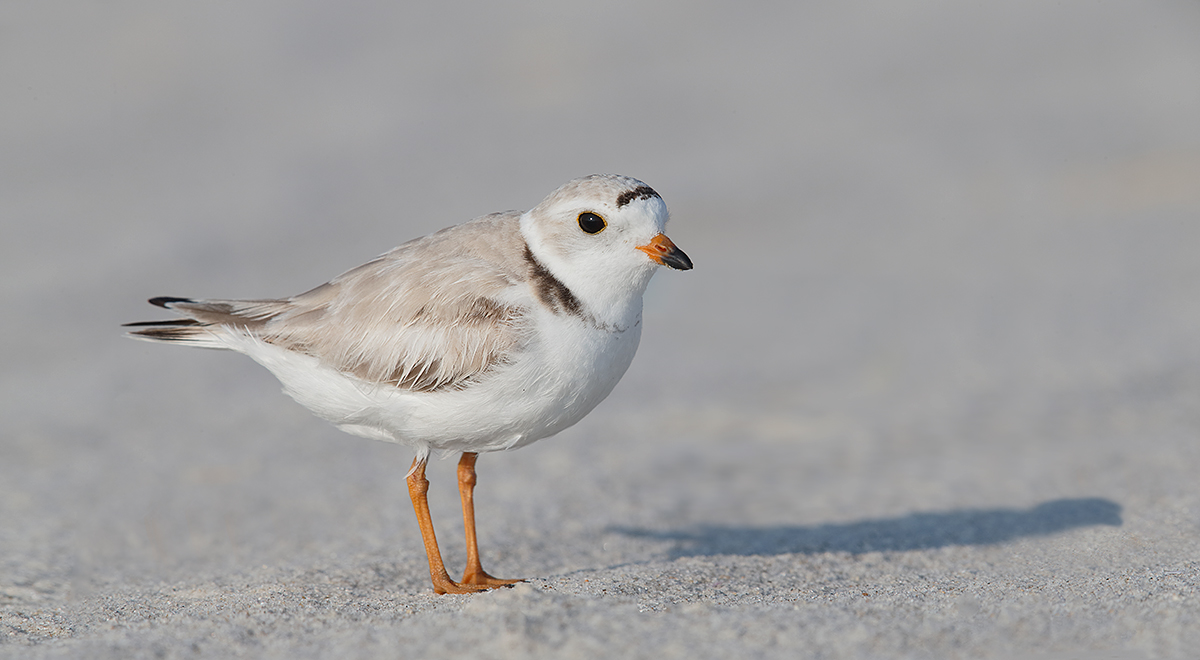
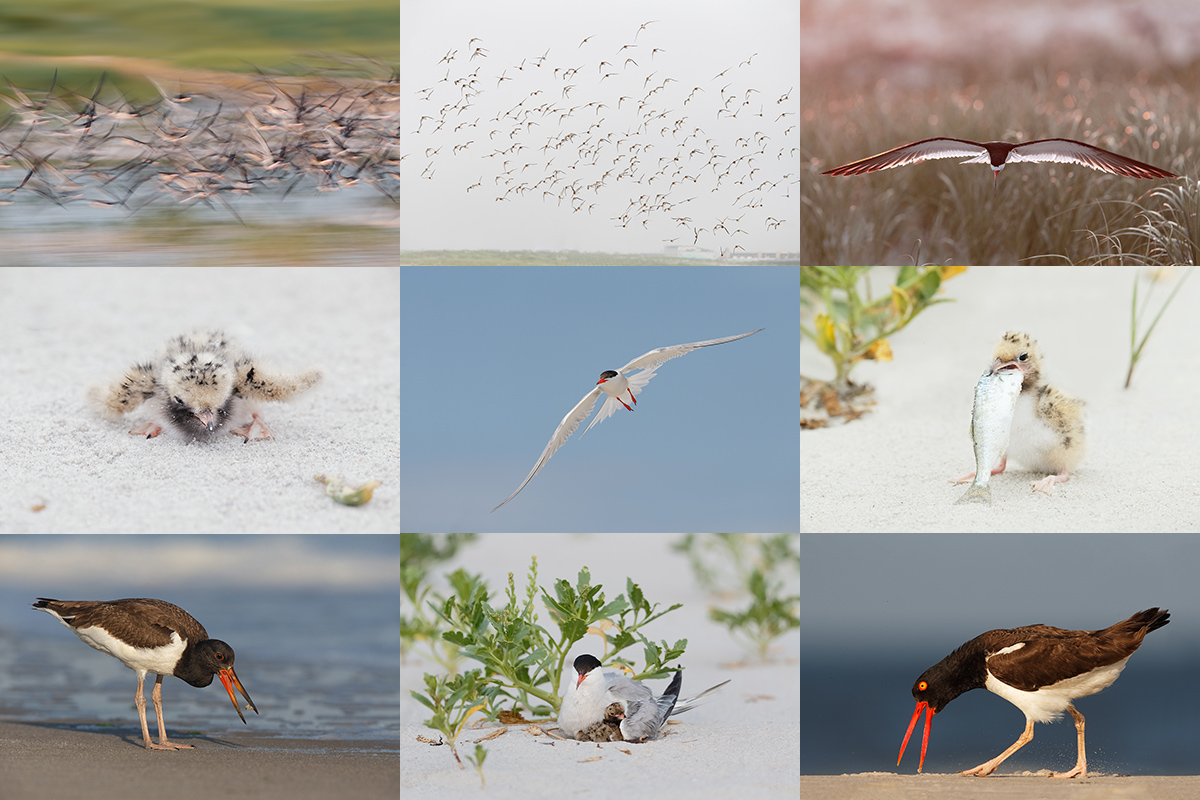













Artie, on the American Oystercatcher on eggs in windstorm pic, why does the eye of the bird seem to have a double pupil? I often see the same thing in pigeons.
Hi Conrad,
It is not uncommon to see irregularly shaped pupils in this species. I am typing in the car–no worries, Jim is driving; I will try to remember do take a look in my hard copy of The Birds of North America and in my copy of The Audubon Society Encyclopedia of North American Birds by Terres, John K. published by Wings Books Hardcover The latter is signed by the editor, the late John Kenneth Terres. artie
The latter is signed by the editor, the late John Kenneth Terres. artie
Great blog post and great images. Thanks
Artie: Great decision to visit your mother. I’m sure she’ll be very happily surprised. And wonderful images. I will be in my car over the Memorial Day weekend and after but I hope many of your readers here can join you. The beaches of the northeastern US are just wonderful in May, with courting, nesting, and hatching terns, gulls, oystercatchers, and others. Artie, I don’t know if you know, but in re-authorizing the Water Resources Development Act Congress had a big fight about Long Island beaches. Residents wanted to put more sand on them, which would have threatened piping plover nesting. Apparently everyone has now agreed to add the sand in September.